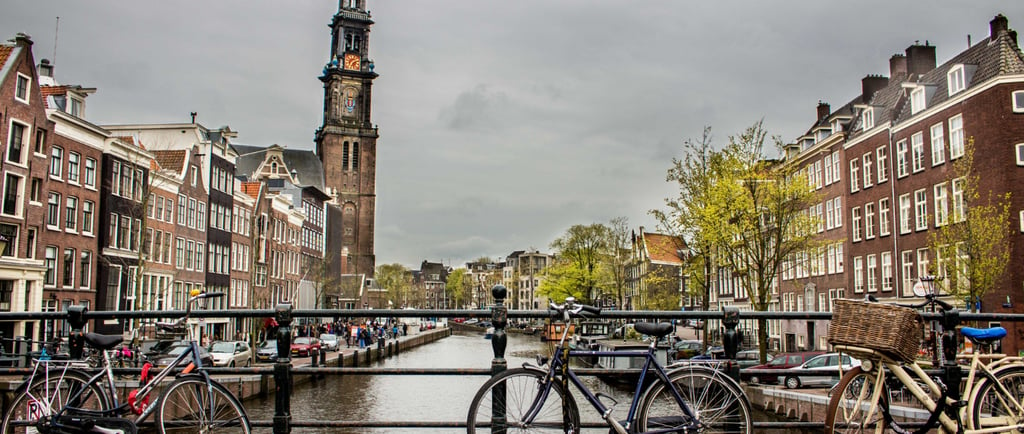The History of Amsterdam's Canals | From Waterways to UNESCO Heritage
Learn all about the fascinating history of the Amsterdam canals. Discover how they shaped the city and became a UNESCO World Heritage site.
10/31/20252 min read


The History of Amsterdam's Canals: From Lifeline to UNESCO World Heritage
Everyone who visits Amsterdam is captivated by them: the canals. They are more than just waterways; they are the soul of the city, a labyrinth of history and beauty. But how did they come to be, and why are they so special that they were named a UNESCO World Heritage site? Join us on a journey into the past.
The Golden Age: An Ambitious Plan is Born
The story of Amsterdam's famous canals begins in the 17th century, the Dutch Golden Age. Amsterdam was experiencing unprecedented economic growth. The city was bursting at the seams, and a new, larger city plan was urgently needed.
In 1613, the implementation of an ingenious plan began: the Canal Belt (Grachtengordel). Three main canals were laid out concentrically around the old city center:
Herengracht (Gentlemen's Canal): The most prestigious canal, where the wealthiest merchants and regents built their magnificent townhouses.
Keizersgracht (Emperor's Canal): Named after Emperor Maximilian I, it was designed to be wider and also served as a residential area for the upper class.
Prinsengracht (Prince's Canal): Named after the Prince of Orange, this canal was intended for the bourgeois middle class and housed warehouses, workshops, and simpler homes – the famous Anne Frank House is also located here.
More Than Just Beautiful: A Multifunctional Masterpiece
The Canal Belt was not just an urban gem but also extremely functional. It served several purposes at once:
Transport: Goods from all over the world were transported by ship directly to the warehouses.
Water Management: The system helped drain the marshy land.
Defense: The Canal Belt formed a natural line of defense around the city.
Through the Ages to UNESCO Status
Over the centuries, the canals adapted to new circumstances. Some smaller canals were filled in during the 19th century for hygienic reasons, but the core of the Canal Belt was preserved.
In 2010, the outstanding universal value of this district was recognized: the 17th-century Canal Belt was added to the UNESCO World Heritage List. UNESCO praised it as a "masterpiece of hydraulic engineering, town planning and architectural design."
Experience History Up Close
Today, the canals are a living museum. A cruise through this historic network is like a journey back in time. You can feel the pride and entrepreneurial spirit that made Amsterdam one of the most important cities in the world.
The next time you're on one of our canal cruises, admiring the magnificent gabled houses, you'll know that you are in the midst of a living World Heritage site.
Want to experience this unique history for yourself? Choose your historical canal cruise and discover the secrets of Amsterdam's waterways.
After learning the fascinating history, it's time to experience it firsthand. A Canal Cruise in Amsterdam is a journey through this living UNESCO World Heritage site. Find the classic tour on our homepage that will guide you through centuries of history.
Best Canal Cruises in Amsterdam
Explore Amsterdam’s beautiful canals with us.
© Grachtenfahrtamsterdam.com 2025. All rights reserved.
info@grachtenfahrtamsterdam.com
Discover the beauty of Amsterdam’s canals with our carefully curated selection of canal cruises. Enjoy exceptional service, high-quality experiences, and a smooth booking process with us.
